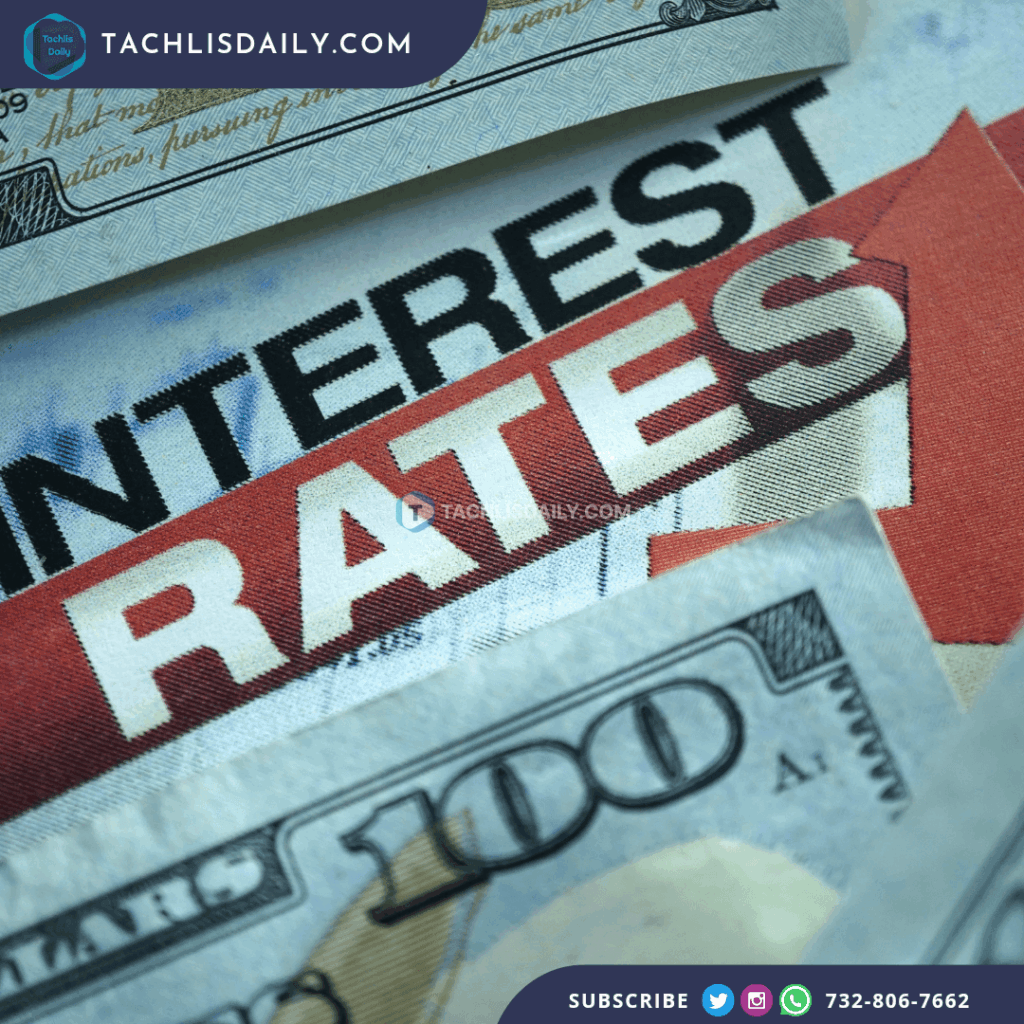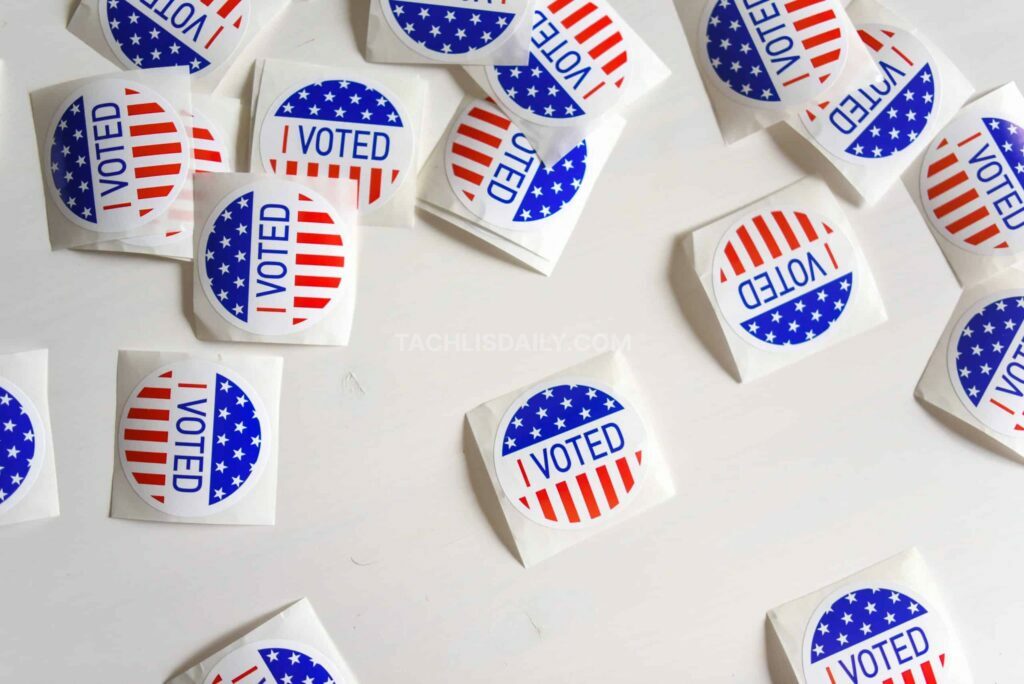The Federal Reserve has chosen to keep its key interest rate unchanged at 4.25% to 4.5%, citing growing economic uncertainty and the increasing risks of both inflation and unemployment. The decision, reached unanimously by the Federal Open Market Committee, reflects the central bank’s cautious stance amid the economic turbulence stirred by ongoing trade tensions and policy shifts under President Donald Trump.
In its post-meeting statement, the Fed emphasized that “uncertainty about the economic outlook has increased further,” acknowledging market volatility and signaling concern over the potential for a stagflationary environment—a rare combination of rising prices and stagnant growth. The central bank highlighted that both sides of its dual mandate—controlling inflation and supporting employment—face mounting risks, though it did not commit to any rate cuts in the near term.
While Chair Jerome Powell reaffirmed that the economy remains fundamentally strong, he acknowledged that recent data has been mixed. First-quarter GDP shrank by 0.3%, reflecting decreased consumer and government spending and a spike in imports ahead of new tariffs. Despite these signals, job growth has remained resilient, with April’s payrolls up by 177,000 and unemployment steady at 4.2%.
At the heart of the Fed’s deliberations is the Trump administration’s aggressive trade strategy. In early April, President Trump imposed 10% across-the-board tariffs on U.S. imports and has floated further “reciprocal” measures, pending the outcome of trade negotiations. While some progress has been reported, business surveys show deep anxiety over rising input costs and supply chain disruptions. Powell noted these developments in his press conference, explaining that trade policy remains a key variable in shaping monetary strategy.
Financial markets have responded with mixed signals. Stocks initially dipped on the rate news but rebounded, with the Dow Jones Industrial Average climbing nearly 300 points. Meanwhile, market expectations for a rate cut remain fluid, with traders now pricing in the possibility of up to three reductions later this year, though the Fed offered no clear commitment.
The Fed’s preferred inflation measure shows core prices rising 2.6%, above the 2% target, though the broader trend suggests moderating inflation absent further tariff shocks. Still, tariffs could cause short-term price spikes, complicating the Fed’s path forward.
In the months ahead, much will hinge on the outcome of trade negotiations. Trump’s firm stance on tariffs, especially targeting China, has reshaped the global economic landscape and forced the Fed into a holding pattern as it navigates the potential for both overheating prices and cooling growth. Until more clarity emerges from Washington’s trade talks, the Fed is likely to remain on pause, managing risks on both sides of its mandate without tipping the balance prematurely.











